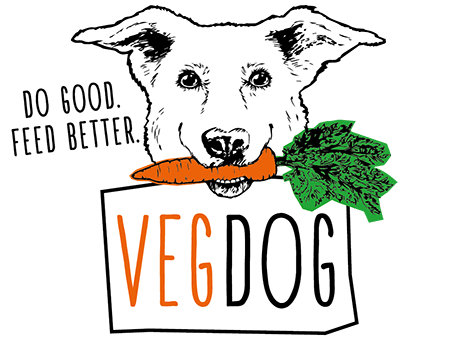definition of overweight
A dog is said to be overweight if it exceeds its ideal weight by 10%, and obese if it exceeds its ideal weight by more than 20%. The medical term for this excess body fat is obesity . The reason for overweight dogs is always excessive energy intake, ie the animal consumes more energy than it can use up (this is also referred to as a positive energy balance).
Reasons for Obesity in Dogs
There are many reasons why dogs are overweight. They are often due to incorrect feeding habits on the part of the pet owner, who - usually due to ignorance - misjudges the energy requirements of their pet. This can vary greatly and depends on age and physical activity, for example. As your pet gets older, its energy requirements also drop by around 25%, and even after castration, a reduced amount of food and treats (!) is usually required.
Genetics, certain diseases such as an underactive thyroid or diseases that require glucocorticoid therapy can also influence a dog's weight. Another cause is often a lack of exercise. Short walks on foot use up far less energy than many dog owners would like.
consequences of obesity
It is important to remember that the storage of body fat is not only unsightly, but also has the same effect on the body as chronic inflammation. This is because adipose tissue releases inflammatory mediators such as acute phase proteins.
The consequences of being overweight or obese in dogs are manifold: firstly, the dogs become sluggish, less active and more calm than their actual nature would suggest. Secondly, the cardiovascular system is put under strain, joint problems and diabetes can occur, the risk of skin diseases increases and the immune system can suffer. Last but not least, it should always be remembered that the life expectancy of overweight animals drops by around 20%.
When is my dog too fat?
Since the number of overweight animals has risen sharply, the eyes of many owners have virtually "adapted" to this condition, so that it is perceived as "normal". To ensure an objective impression, veterinary medicine uses the so-called "Body Condition Score" (BCS). The nutritional status is determined on a scale of 1-9, with 1-3 being classified as too thin, 4-5 as normal and 7-9 as overweight.
When the body is in optimal nutritional condition, a waist is visible when viewed from above and a light layer of fat can be felt over the ribs with the palm of the hand. The abdominal line should rise slightly when viewed from the side.
At around one year of age, most dogs have reached their ideal weight. You should write this down so that you can use it as a reference later.
For more information on reducing excess weight, read our article
Part 2 – How do I help my dog lose weight?
Your VEGDOG team
 Lisa Walther
Lisa Walther








